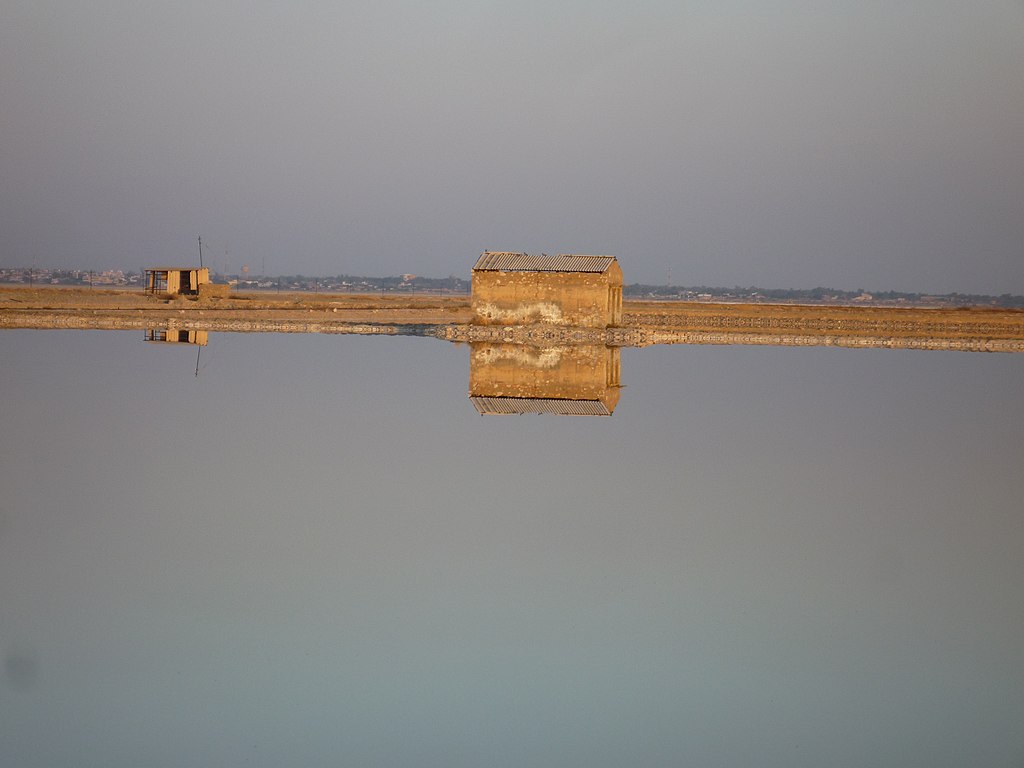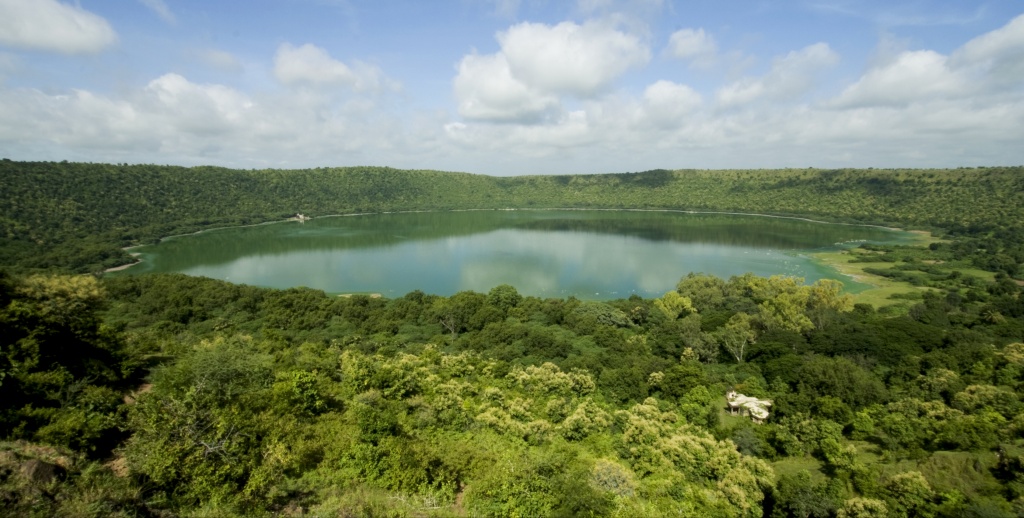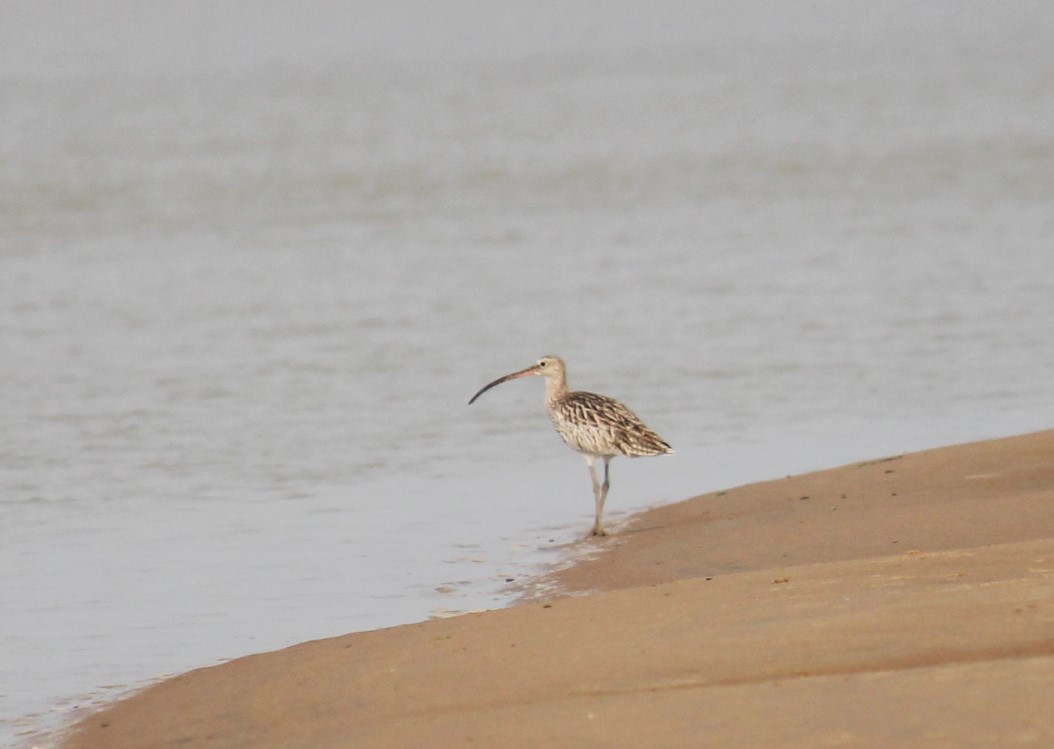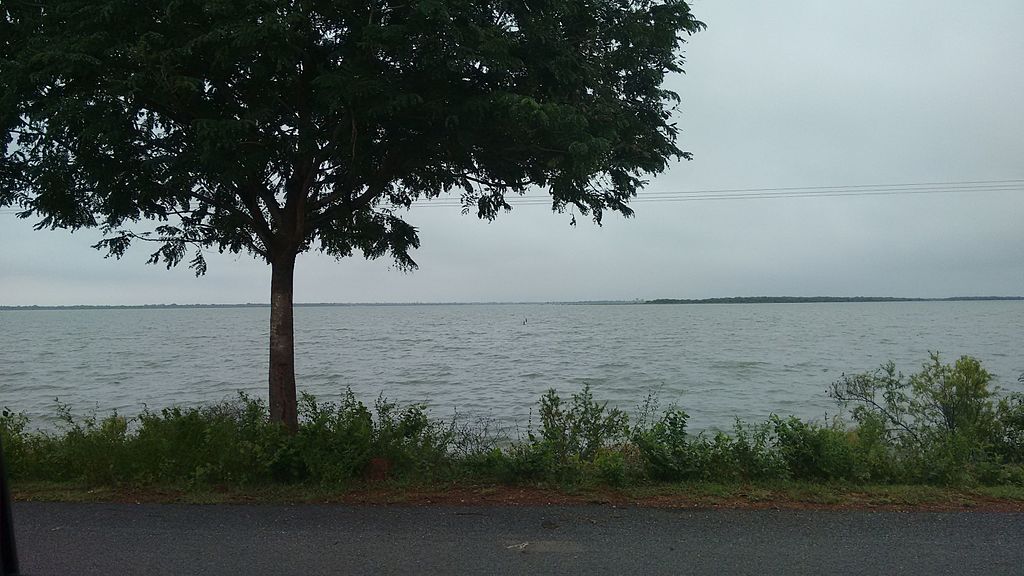Salt of the Earth: A Journey to India’s Most Beautiful Salt Lakes.
India is a country of diverse landscapes, and one of the most intriguing natural wonders that dot the country’s map are its salt lakes. These unique saltwater bodies not only offer a surreal and picturesque setting, but also have therapeutic properties that can soothe and heal the body. In this article, we will take you on a journey to explore 5 incredible salt lakes in India that you must visit.
Sambhar Lake, Rajasthan:
Located in the Thar desert, Sambhar Lake is the largest inland saltwater lake in India. The lake is a popular tourist spot for birdwatching, and is home to over 200 species of birds, including the greater flamingo, common teal, and pelican.

Lonar Lake, Maharashtra:
The Lonar Lake, formed by a meteor impact, is an extremely rare and unique saltwater lake in India. The lake is surrounded by forests and has a serene and tranquil atmosphere that is perfect for nature lovers. The lake also has a temple dedicated to Lord Shiva, making it a popular pilgrimage site.

Chilika Lake, Odisha:
Chilika Lake is the largest coastal lagoon in India and is a birdwatcher’s paradise. It is home to over 160 species of birds, including the flamingo, pelican, and spoonbill. The lake is also famous for its fishery, and a visit to the lake promises a unique gastronomical experience.

Pachpadra Lake, Rajasthan:
Pachpadra Lake is a small saltwater lake located near the city of Jodhpur. The lake is surrounded by sand dunes, and is a popular picnic spot for locals. The lake is also believed to have healing properties and is visited by many people seeking relief from various ailments.
Pulicat Lake, Andhra Pradesh:
Pulicat Lake is the second largest brackish water lake in India and is a popular destination for birdwatchers. The lake is home to over 150 species of birds, including the pelican, flamingo, and stork. The lake also has a rich history, and was an important trading center during the Dutch and British colonial era.

Accommodations around these salt lakes vary depending on the location, but visitors can find a range of options, from budget guesthouses to luxury resorts. When visiting these salt lakes, make sure to carry sunscreen, hats, and water bottles, as the heat can be intense.
In conclusion, the salt lakes of India are not only stunning natural wonders, but also provide unique experiences and benefits to those who visit them. From birdwatching to pilgrimage, healing to relaxation, these salt lakes offer something for everyone.
Frequently Asked Questions (FAQs)
A: Salt lakes are unique bodies of water that contain high concentrations of salt or other minerals. They offer a surreal and picturesque setting and often have therapeutic properties.
A: Sambhar Lake is located in Rajasthan, in the Thar desert. It is the largest inland saltwater lake in India.
A: Lonar Lake in Maharashtra was formed by a meteor impact, making it an extremely rare and unique saltwater lake in India. It is surrounded by forests and has a serene atmosphere.
A: Chilika Lake in Odisha is the largest coastal lagoon in India and a paradise for birdwatchers. It is home to over 160 species of birds and offers a unique gastronomical experience with its fishery.
A: Pachpadra Lake is a small saltwater lake near Jodhpur in Rajasthan. It is known for its healing properties and is a popular picnic spot.
FAQs
A: Pulicat Lake in Andhra Pradesh is the second largest brackish water lake in India. It is a popular destination for birdwatching, with over 150 species of birds. It also has a rich history as a trading center during colonial times.
A: Accommodations around the salt lakes vary, ranging from budget guesthouses to luxury resorts. It depends on the specific location and its popularity as a tourist destination.
A: When visiting these salt lakes, it is recommended to carry sunscreen, hats, and water bottles, as the heat can be intense. Additionally, binoculars and a camera may be useful for birdwatching enthusiasts.
A: Swimming may not be recommended in all salt lakes due to their high salt content or specific conditions. It is advisable to check local regulations and consult with authorities or guides before swimming.
A: The main attractions at these salt lakes include birdwatching, enjoying the scenic beauty, experiencing the therapeutic properties, and exploring the cultural and historical significance of the surrounding areas.